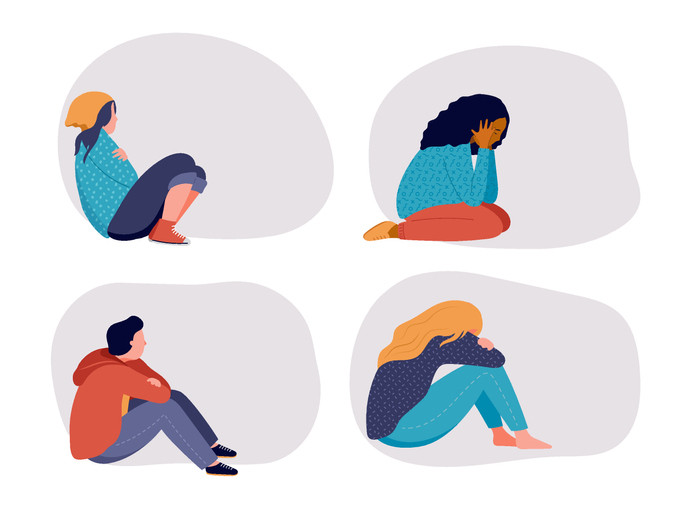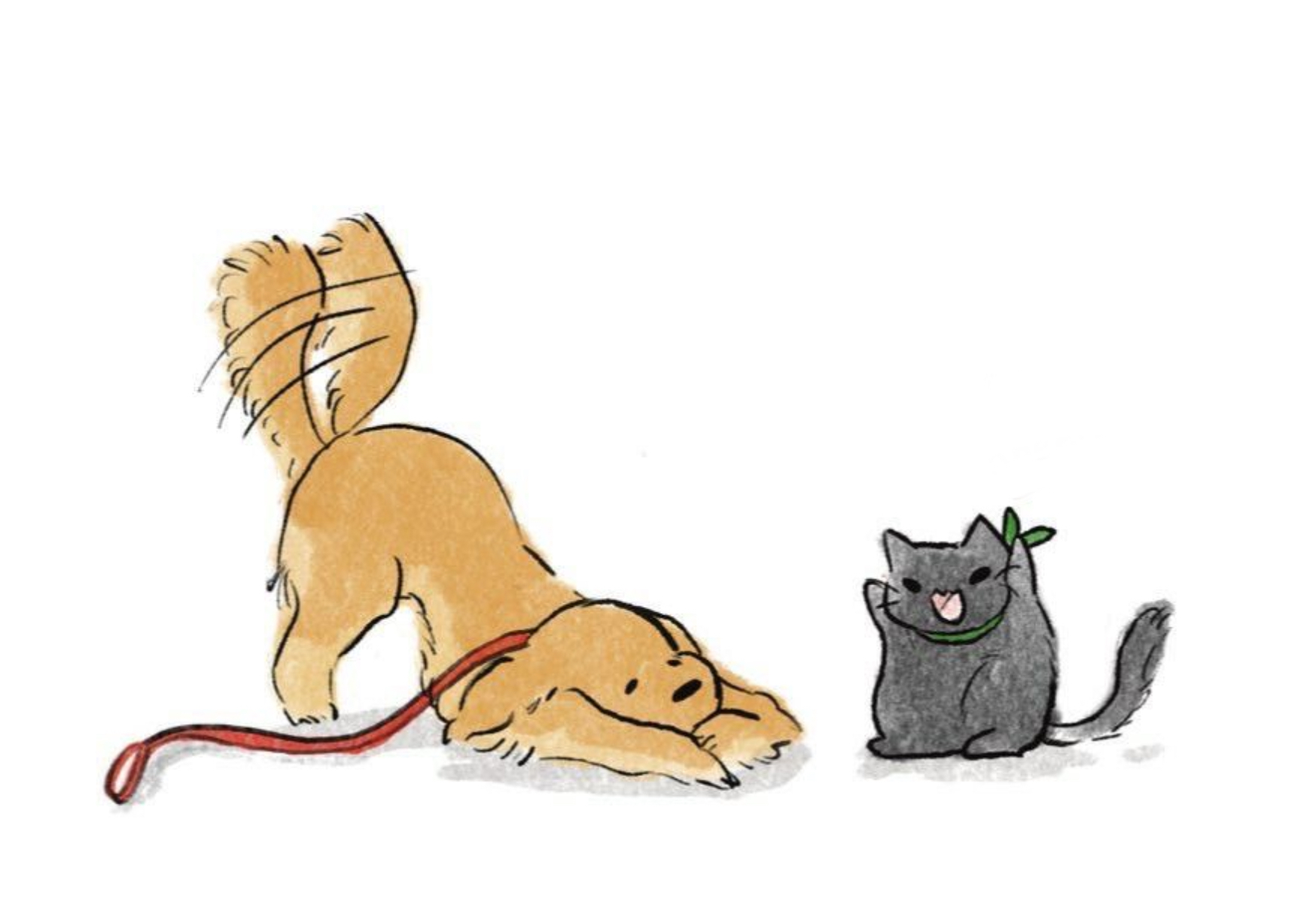Ryan Hu (11) | STAFF REPORTER
In 1990, Adobe Systems released the first version of what was to become their flagship application, Photoshop 1.0. At the time, users paid US $895 for a single version of the software, and would have to pay the same price for the next version.
This all changed 23 years later, when Adobe announced that they would be discontinuing their one-time payment model in favour of a subscription-based service, Adobe Creative Cloud. This new service would offer multiple programs and online services bundled together at a low price, and was part of Adobe’s effort to pivot to social media creators.
Today, many software companies have switched to subscription-based cloud services over physical, one-time purchases. This trend has been collectively termed “Software as a Service,” or SaaS, and includes media services like Netflix and Spotify, as well as business-oriented services like WordPress, which The Axiom is based on.
These services have many advantages over software available with a one-time purchase. The full version of Adobe Creative Cloud, which includes more than 30 apps, as well as 100GB of cloud storage, access to Adobe’s stock library and AI, and a website-creation app, is $863.88 per year. In comparison, the last standalone version of Photoshop cost as much for just the app.
As SaaS products are usually used over the Internet, many of these services can be used on any internet-connected device. In these cases, user subscriptions are necessary for companies to pay for server costs. These features are especially important for collaborative services like Google Drive, where users can share and write documents from any device.
Furthermore, many online SaaS products, like streaming and music services, could only exist as subscription-based services. These companies must pay server and licensing costs, which require a steady income to offset.
However, traditional software still has a place in the current market, most notably for users who do not require the flexibility of SaaS. These users may not require multiple devices to share data between, and may prefer to stick with one version of software that works instead of paying monthly for new versions that they may not need.
The biggest benefit of traditional software, by far, is that a user may own it. This means that users may keep their version of the product they purchased, and they may use it however they wish for however long they choose. For software, this also means that users may use their software offline.
In comparison, SaaS puts users at the mercy of software companies, who may raise prices, add or remove features, and generally do whatever they wish. As the software is used over the Internet and is not downloaded to the users’ computers, they are forced into using the latest version of the software, no matter if they want to or not.
Nevertheless, the flexibility and pricing of SaaS outweighs the drawbacks for most users. The guaranteed cash-flow that subscriptions give software companies allows them to pump more features into their products, while users who prefer to use the latest version of software end up paying the same amount each year as buying each version separately.
For now, SaaS and subscription-based services are the clear future of software. For software companies, they provide a guaranteed source of short-term income, while for users, they provide more features and integration between their devices. While these services put users vulnerable to software companies’ whims, for most people, the convenience of SaaS is more than worth the risk.



